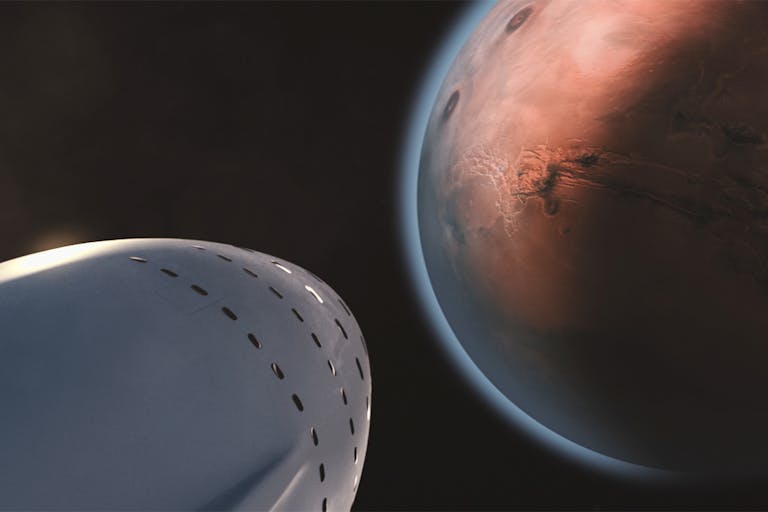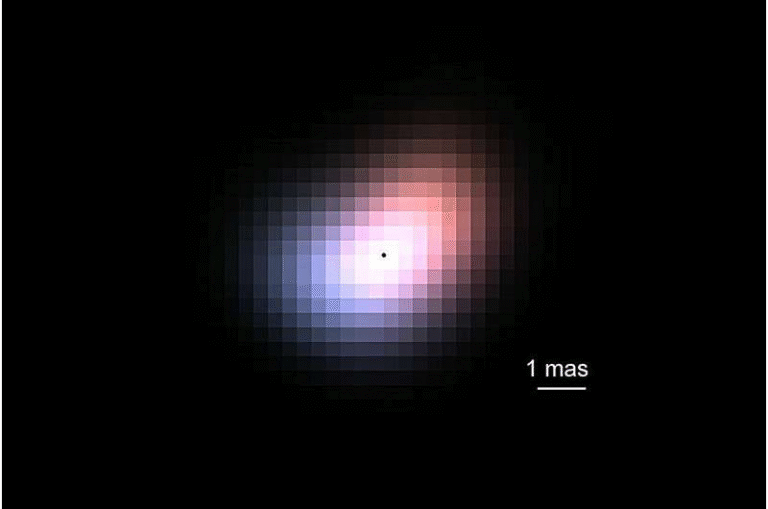Kim Kardashian’s Claim That the Moon Landing Didn’t Happen Prompts a Firm NASA Rebuttal

Reality-star Kim Kardashian has stirred up fresh controversy by stating on the latest episode of her show that she believes the historic 1969 Apollo 11 Moon landing never happened. Her comments, broadcast on October 30, 2025, quickly drew a public response from NASA, as the agency reaffirmed the missions and issued an open invitation to Kardashian to witness the next lunar-mission launch.
What Was Said on the Show
On the Wednesday / Thursday airing of her Hulu series The Kardashians, Kim Kardashian told co-star Sarah Paulson that she does not believe the Apollo 11 mission (which carried astronauts Neil Armstrong and Buzz Aldrin) actually reached the Moon. She cited videos she claims to have seen of Buzz Aldrin appearing to indicate the landing was faked, and she listed a series of familiar sceptical points: the flag appearing to move despite no atmosphere, the absence of stars in lunar photos, and alleged mismatch between footprints in museum exhibits and those shown in official Apollo images.
She admitted that she knows the statement would provoke criticism—“they’re going to say I’m crazy no matter what,” was her paraphrased acknowledgement—but encouraged others to check the topic themselves via TikTok and other online platforms.
NASA’s Response
Within hours of the episode airing, NASA’s Acting Administrator, Sean Duffy, took to X (formerly Twitter) to respond directly. Addressing Kardashian by name, he wrote: “Yes, we’ve been to the Moon before… six times!” – referencing the six crewed missions that landed on the Moon between 1969 and 1972.
Duffy also noted the agency’s ongoing ambitions under the Artemis program to return humans to the lunar surface, adding that the U.S. “won the last space race and we will win this one too.”
In addition, NASA extended an invitation to Kardashian to attend a launch event at the Kennedy Space Center, suggesting the agency views this as an opportunity to engage rather than just rebut.
The Facts Behind the Moon Landings
Since the first human Moon landing in July 1969, the United States completed five more lunar landings during the Apollo programme (Apollo 12, 14, 15, 16 and 17), with a total of twelve astronauts walking on the Moon.
The missions brought back hundreds of kilograms of lunar rock, established scientific experiments on the lunar surface, and left hardware that has been imaged from orbit by subsequent spacecraft. The evidence for these landings is extensive and well documented.
Despite this, conspiracy theories claiming the landings were staged have existed since the 1970s and continue to circulate online, especially when amplified by public figures.
Why the Claim Matters
Kardashian’s comments are significant not simply because of their content, but because they were made on a high-profile platform and are thus likely to influence public perception. When mainstream personalities raise doubts about well-established scientific and historical events, it raises questions about how misinformation spreads.
NASA’s decision to respond publicly underscores that even fringe claims can demand an official answer when they gain traction. By combining a firm statement of fact with an invitation to engage directly, the agency aimed to turn a potentially divisive moment into a broader outreach opportunity.
For its part, some members of the public reacted to NASA’s focus on refuting the claim—some argued the agency should prioritise its mission over addressing celebrity commentary.
Key Points Raised by Kardashian (and the Rebuttals)
- Flag “moving” on the Moon: Kardashian questioned why the American flag planted during Apollo 11 appears to wave, despite the Moon having no atmosphere.
- Rebuttal: The apparent movement is due to the flag being twisted into the soil by the astronauts; the motion is inertia, not wind.
- No stars in lunar photos: She noted that many Apollo photos show the Earth, lunar surface, but no visible stars in the sky backdrop.
- Rebuttal: Camera exposure settings were adjusted for bright lunar surface light, causing faint stars to be effectively invisible in those photographs.
- Footprints mismatch: She referenced alleged differences between museum-display boots and those shown in lunar imagery.
- Rebuttal: Differences can stem from lighting, angle, soil disturbance, and the difference between artifacts on Earth and conditions on the Moon.
- Buzz Aldrin’s statements: Kardashian claimed she had seen videos of Aldrin stating the landing didn’t happen.
- Rebuttal: Fact-checkers say Aldrin’s comments have been taken out of context; what he referenced were broadcast animations during live coverage, not the mission itself.
What Happens Next: Artemis and Beyond
The Artemis programme is gearing up to send humans back to the Moon for the first time in more than fifty years. According to NASA’s timeline, the next major crewed lunar mission is scheduled for 2026 (Artemis II), which will carry astronauts on a lunar fly-by rather than landing.
The programme’s goals include not just returning astronauts to the lunar surface but establishing sustainable presence, testing technologies for future Mars missions, and partnering with international space agencies. The renewed lunar effort comes at a time when global competition for space exploration is gathering pace.
Why This Conversation Is Worth Paying Attention To
Beyond the celebrity aspect, this incident brings to light several broader issues:
- Science literacy and public trust: When a well-known figure raises doubt about a major historical event, it can undermine public confidence in science if not addressed.
- Platform and influence: In an era of social media and streaming, comments made in a TV show can reach millions and shape belief systems.
- Institutional communication: NASA’s direct response shows how organisations now have to engage with non-traditional media and influencer landscapes.
- Space exploration as public endeavour: As NASA and other agencies prepare for new lunar missions, public support and understanding of space science become increasingly important.
In short, while Kim Kardashian’s remarks may have been framed as personal scepticism, they touched on long-running conspiracy theories that have been thoroughly debunked. NASA’s reaction reaffirmed not only that humans did walk on the Moon, but that the agency is very much looking ahead—to returning, staying longer, and pushing further into space.





